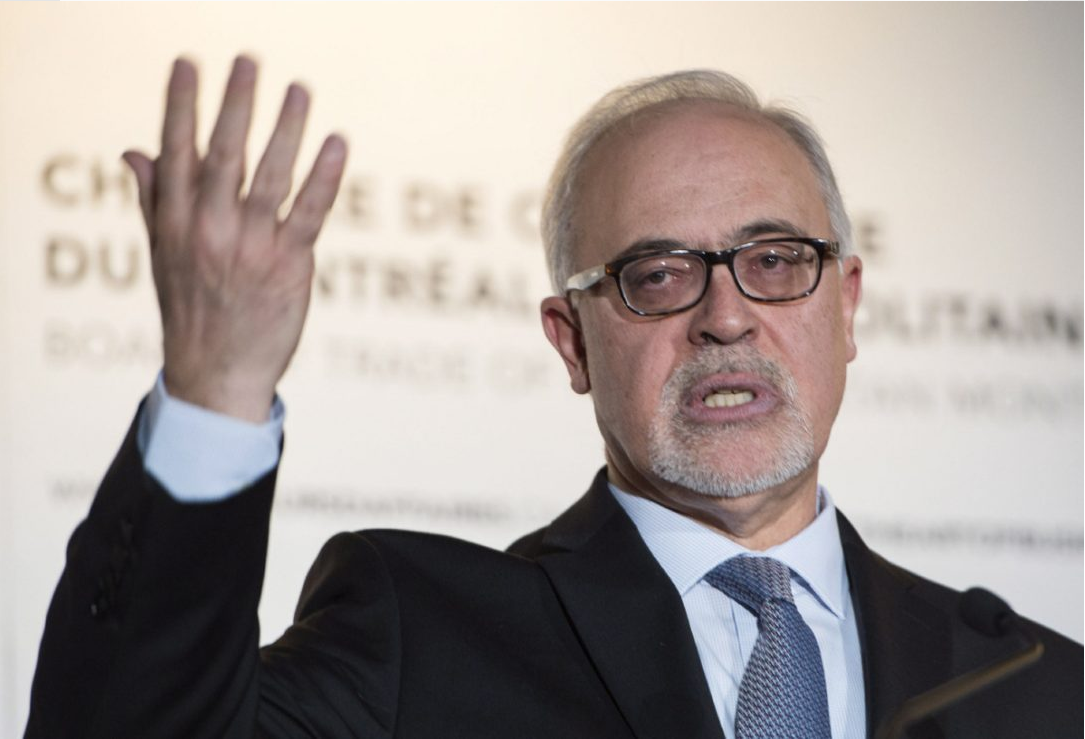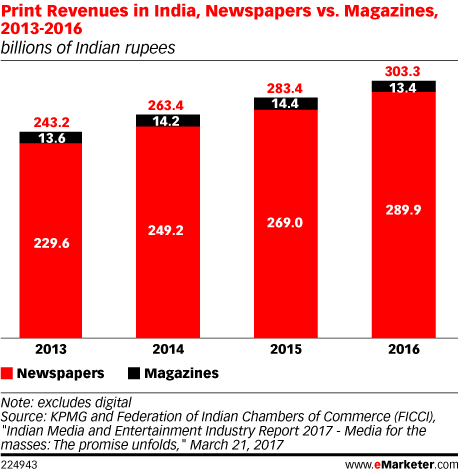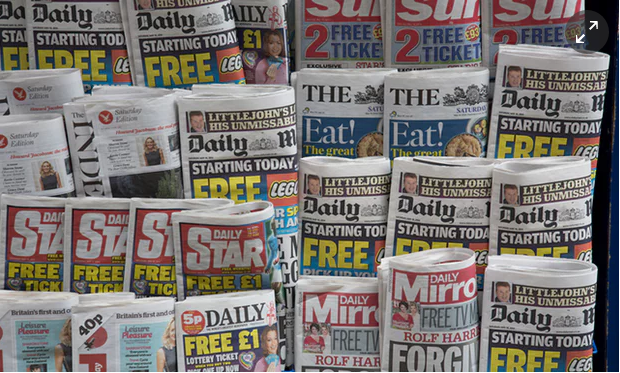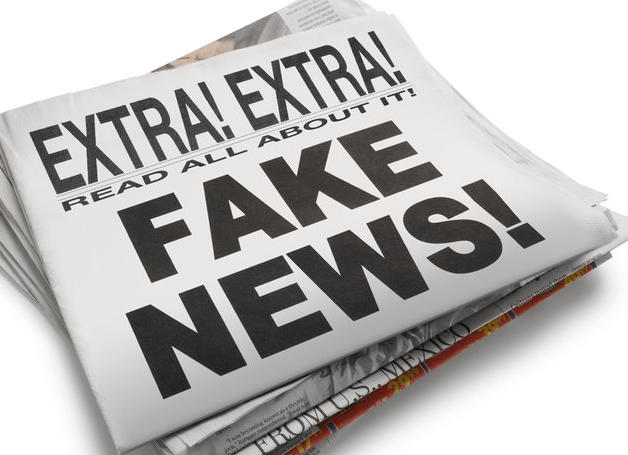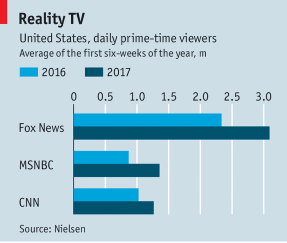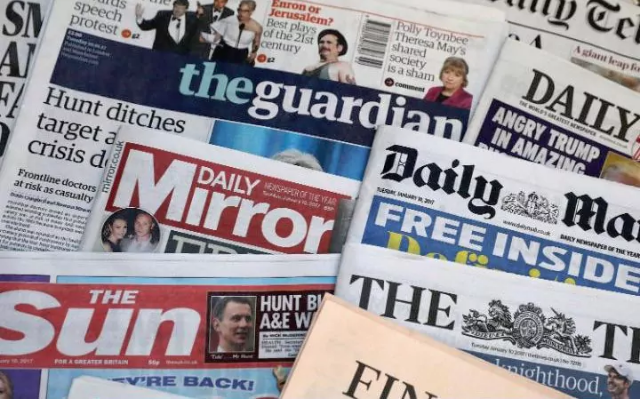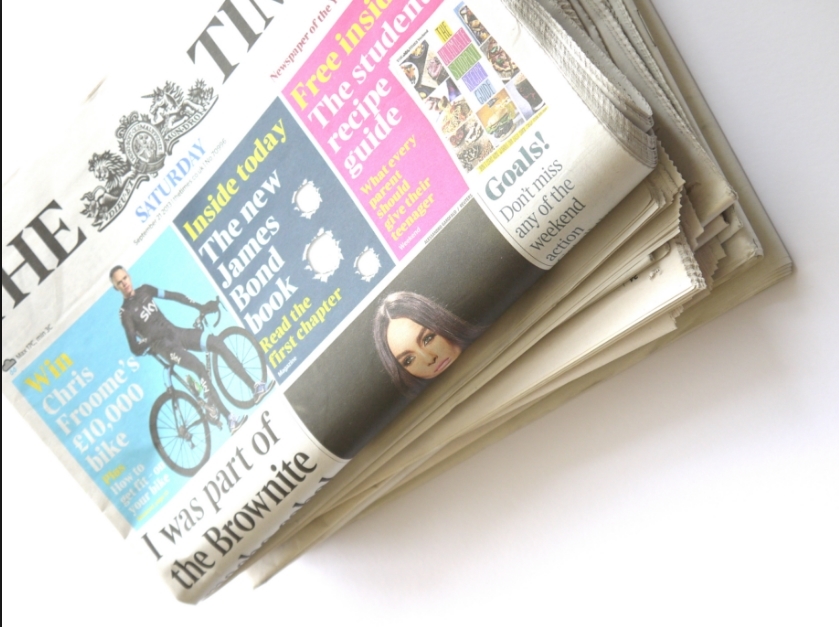Identity and the wider media
1.) According to the factsheet, "We define ourselves in many different ways and our identities come from the individualised experiences we have." It also suggests that we identify ourselves in whichever context we're in. For example, a person might use their relationship with social media in order to identify themselves in any given way, depending on what they see and search for themselves. They might even be influenced by some of the stuff that they seen on social media too.
2.) "Who are you? How could you use the media to help reinforce the following definitions of self?"
edgy - have a similar and esoteric interests understood by a few selected and specialized people in that specific knowledge. Listens to music that is considered to be unconventional and is more to what is seen on the basis. Is considered to be cool in a wacky way.
a pleasure seeker - have an interest in social media and apps such as Netflix as a way of escapism. Often is a narcissist that uses social network apps to boost their ego by sharing their posts.
fashionable - has an interest in websites such as Tumblr and Pinterest where they can share their posts of fashion and fits. Looks into latest fashion trends, or might like vintage, normcore, etc.
witty and fun - uses social media and networks in order to share and view 'Internet memes'. Often uses apps such as Instagram as a social platform to share pictures of memes.
cutting- edge - very, very esoteric. Often a very complicated and complex character that is to be understood in their own way.
3.) The stereotypical identification associated with youth culture is that they're always involved in anti-social behaviour, very aggressive, reckless, and uneducated. The conventional attire for them have also casted a bad name on brands such as Nike, Adidas, and in earlier times Burberry. As the article states, "The Jeremy Kyle Show on ITV. In 2008/9 when ‘chavs’ and ‘hoodies’ became a common moral panic..."
4.) "Media theorist Richard Hebdige says that youth cultures show their resistance to the dominant culture through their style choices. Urban youth can show itself to be outside the mainstream by adopting the uniform that is feared by mainstream culture and they learn about this fear in the media representations."
5.) "Theorist David Gauntlett claims that the media have influence on identity construction and so the way the media stereotypes groups may become part of how individuals see themselves and media institutions are able to use this to sell their products."
6.) We as a start identify certain conventions to be associated with youth culture. For example, we can say that rap music and growing up in "the hood" to be synonymous with each other. Ill Manor's official song for the film demonstrates this. We often see violence within the media when youth culture is being presented, however while the London 2011 riots may have encouraged this view, the fact remains that this is still a very stereotypical view on a passive group.
7.) "Theorist David Gauntlett claims that the media have influence on
identity construction and so the way the media stereotypes groups may become part of how individuals see themselves and media institutions are able to use this to sell their products. Where the idea of identity has previously been seen as something personal, the audience’s relationship with the media today in the construction of various identities is bringing the personal into the public space."
8.) Realistically, I think the youth are either not concerned with the image the media puts on them in the sense that it doesn't affect them enough, or they are simply not aware. But as Hebdige suggests, the youth do sometimes to an extent try to resist dominant ideologies set forth by society. They can achieve this through the use of social media and network apps such as Twitter to express their own views.
